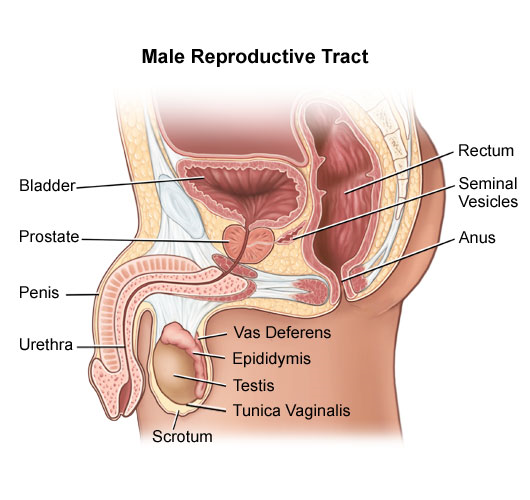Erectile dysfunction (ED), also referred to as impotence, is a common and treatable condition. Up to 30 million American men are considered to suffer with this condition, which is the inability of a man to achieve or sustain an erection.
Although many men may experience erectile dysfunction on occasion, for some people it is a recurring problem. Fortunately, there are several effective and safe treatments for ED.
What brings about impotence?
Erectile dysfunction may have a physical or emotional cause. The primary causes of psychologic ED in guys under 40 include stress, concern, guilt, depression, low self-esteem, and the fear of sexual failure.
In this case, medication might be helpful, but the best treatment for psychologic ED is psychotherapy with psychologists who use techniques to reduce intercourse anxiety. These techniques might also help those who are having treatment for ED with physical causes feel less anxious.
The most common cause of erectile dysfunction is vascular disease. Blood flow during erections is restricted due to the buildup of cholesterol in penile blood vessels brought on by age and chronic diseases such diabetes, high blood pressure, and high cholesterol disease.
Lifestyle factors that affect vascular disease include smoking, binge drinking, being overweight, and not exercising.
The second most common reason for erectile dysfunction is nerve damage. This could be the outcome of significant pelvic surgeries, such as the removal of the prostate, bladder, or colon/rectum, long-term diseases like diabetes or multiple sclerosis, or both.
Additionally, ED may be a side effect of a number of widely used drugs, such as blood pressure medications, antihistamines, antidepressants, tranquilizers, and appetite suppressants.
Occasionally, hormonal problems like low testosterone levels might cause erectile dysfunction.
What is done about it?
The etiology and severity of the disease determine the course of treatment. Along with conventional medical care, lifestyle modifications, medication changes, and psychotherapy or behavior modification should be used.
First-line treatment for ED is oral phosphodiesterase inhibitors found in men's health products including Viagra, Levitra, Cialis, and Stendra. In order for these drugs to work, sexual stimulation must occur between a few minutes and an hour before sexual activity.
They function by amplifying the effects of nitric oxide, a substance that relaxes the smooth muscles in the penis and increases blood flow.
Use of any of these PDE inhibitors shouldn't exceed once per day. Men who use nitroglycerin tablets or other nitrate-based medications for heart issues shouldn't take any of these medications together because they could cause a sharp drop in blood pressure. Headache, backache, flushing of the face, and alterations in vision are some of the typical adverse effects.
Second-line therapy include injectable drugs, intraurethral suppositories, and vacuum erection devices for patients who do not react to oral medication.
Vacuum erection devices work by partially vacuuming the area around the penis, which engorging and extending the penis by drawing blood into the corpora cavernosa. After obtaining an erection, an elastic ring is placed around the base of the penis to stop blood flow back into the body.
For 30 minutes after application, the elastic band must be removed to allow for normal blood flow. Couples could find it difficult to use a vacuum device, and the erection they get might not feel completely natural. The penis may be bruised and feel cold or numb.
The elastic ring may prevent some semen from passing through the urethra, weakening ejaculation, although climax pleasure is typically unaffected.
A small needle can be used to provide injectable drugs into the penis that improve blood flow. Within 8 to 10 minutes, an erection will start, and it could persist for 30 to 60 minutes. The injectable form of alprostadil is sold as Caverject or Edex and is used by many men to produce stronger erections. These are pricey and up to 20% of patients may have scorching penile agony.
Papaverine, phentolamine, and alprostadil are the three men’s health drugs that make up Trimix, a frequently used combination that can be synthesized by a specialized pharmacy. It has a lower incidence of penile discomfort following injection and is cost-effective. However, after compounding, it needs to be chilled.
All injectable drugs have the potential to result in years of continued use-related scarring of the penis and priapism (prolonged erections). One percent of patients who receive penile injections report experiencing priapism, which necessitates rapid medical intervention to prevent long-term loss of erectile function.
A pellet of alprostadil is inserted into the urethra using the MUSE system. Within 10 to 20 minutes, an erection will start, and it could persist for 30 to 60 minutes.
Up to a third of patients experience scorching sensation in the penis and testicles as well as urethral bleeding as the most frequent adverse effects. When compared to an erection via penile injections, the one obtained is typically weaker.





Comments